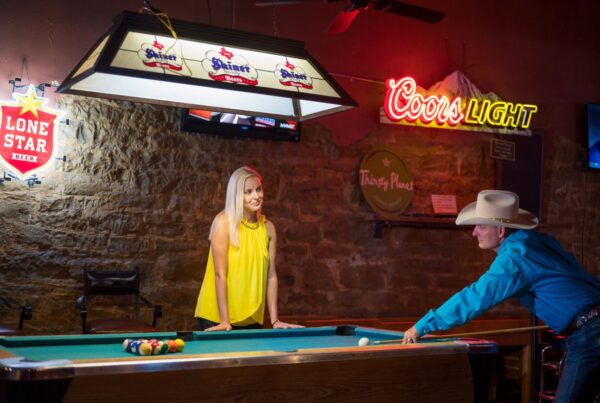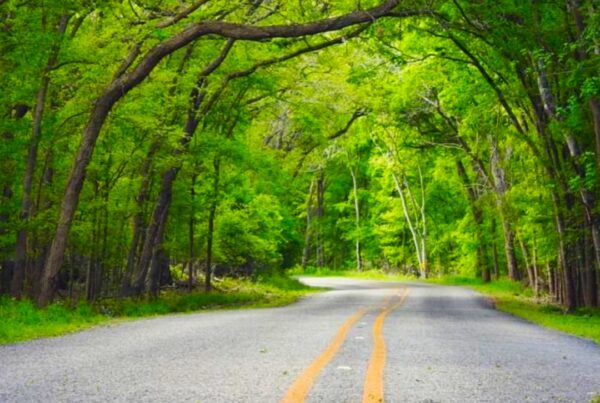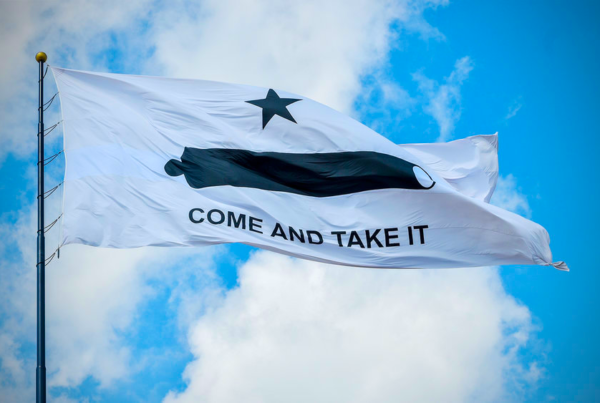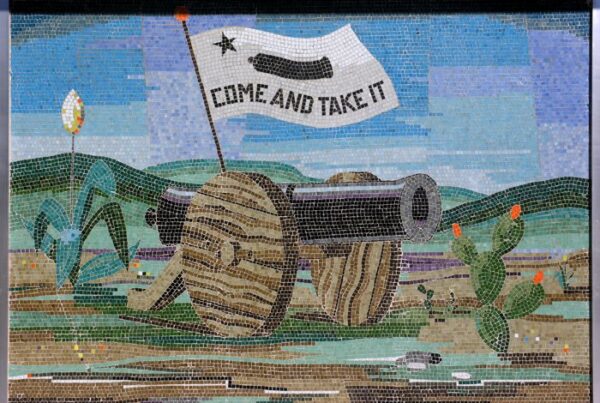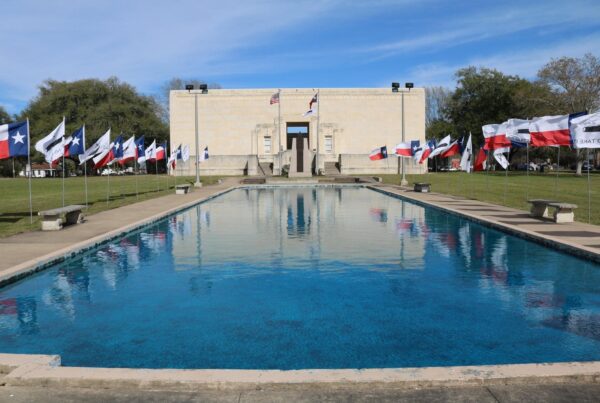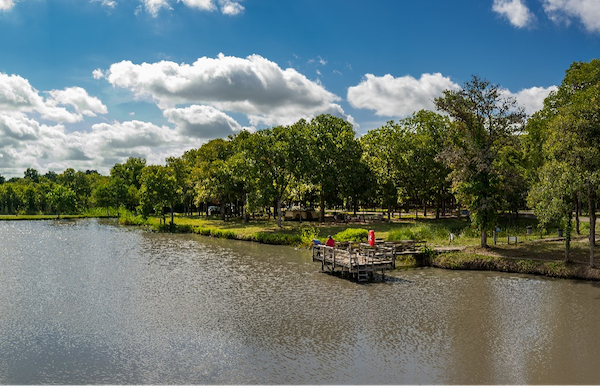In January, an ordinance was passed in Gonzales, stating that no obstructions such as wagons, buggies, boxes, shelves, or anything else could be left on sidewalks on streets or squares. On January 4th, an article in the Inquirer stated that the best way to advertise a town is to beautify it, which would attract new residents and businesses. On January 10th, it was reported that F.D. Glover was going to have a 200-acre rice plantation about two and a half miles above the city on the west side of the San Marcos River. On January 30th, some machines at the cotton mill were successfully tested, but the business was not quite ready to open. On January 31st, public school enrollment was reported to be at 670, up from 484 the previous year.
On February 26th, thirty-three cars of Gonzales’ Sunset bricks were shipped to Orange and Beaumont. On April 2nd, J.B. Kennard announced that he had sold his lumber business to Alamo Lumber. On April 4th, eighty looms were running at the cotton mill, and Mr. J.M. Wahrenberger of San Antonio visited the city. Fischer-Dietze Dry Goods business was dissolved on April 5th. Mr. A.F. Dietze bought out Fischer brothers and continued to operate the business. On April 21st, the old Baptist Church building was being torn down.
In April, the James F. Miller home, “Walnut Ridge,” was completed. The brick house with a slate roof had fourteen large rooms, an attic, and a basement. Sixty acres of land surrounded the house, and several acres formed a fenced yard. The bricks used were made by Gonzales Sunset Brick and Tile Company. Six cedar trees planted in front by Colonel Amasa Turner in 1872 added to the house’s beauty. The architect was J. Reily Gordon. The house had an eighteen-thousand-gallon underground cistern with a charcoal filter that shut off river water to the house when it became murky. Acquired by T.F. Harwood in 1912.
On May 15th, an independent census showed that 5,100 citizens lived in the city, while 200-250 lived on the outskirts. Travel was suspended on the iron Guadalupe River bridge on May 17th, but it was passable again on May 26th. In June, F.A. Schlick was elected to the Texas House of Representatives. In August, the Guadalupe River Bridge at Santa Anna ford collapsed during a flood. A new bridge, which had cost $10,000, was built to replace it, and a pontoon bridge was put in place in the meantime.
The J.J. Fouts House was completed on 834 Mitchell Street. The Citizens Electric Light and Power Company, Gonzales Water Works, Gonzales Water Power Company, and Gonzales Ice and Refrigeration Company were all purchased by T.H. Spooner, J.S. Lewis, and J.D. Sayers. W.L. Gardien’s excavation for a cesspool revealed prehistoric bones and teeth. Mount Pilgrim Baptist Church purchased land for a church, and E.A. Gomez opened a jewelry shop.




